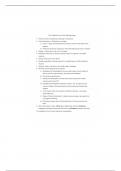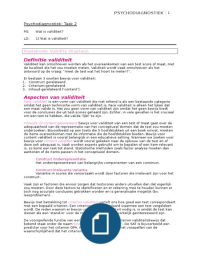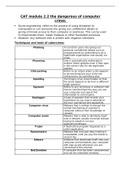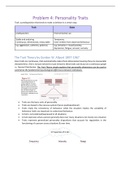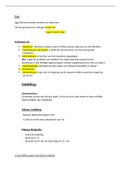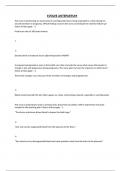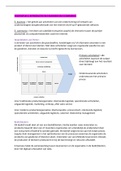Zusammenfassung
Summary Path 370 Midterm Review
- Kurs
- PATH 370
- Hochschule
- West Coast University
This is a comprehensive and detailed summary in preparation for midterm midterm exams for Path 370. *Essential!! * For effective study!! *For you!!
[ Mehr anzeigen ]
